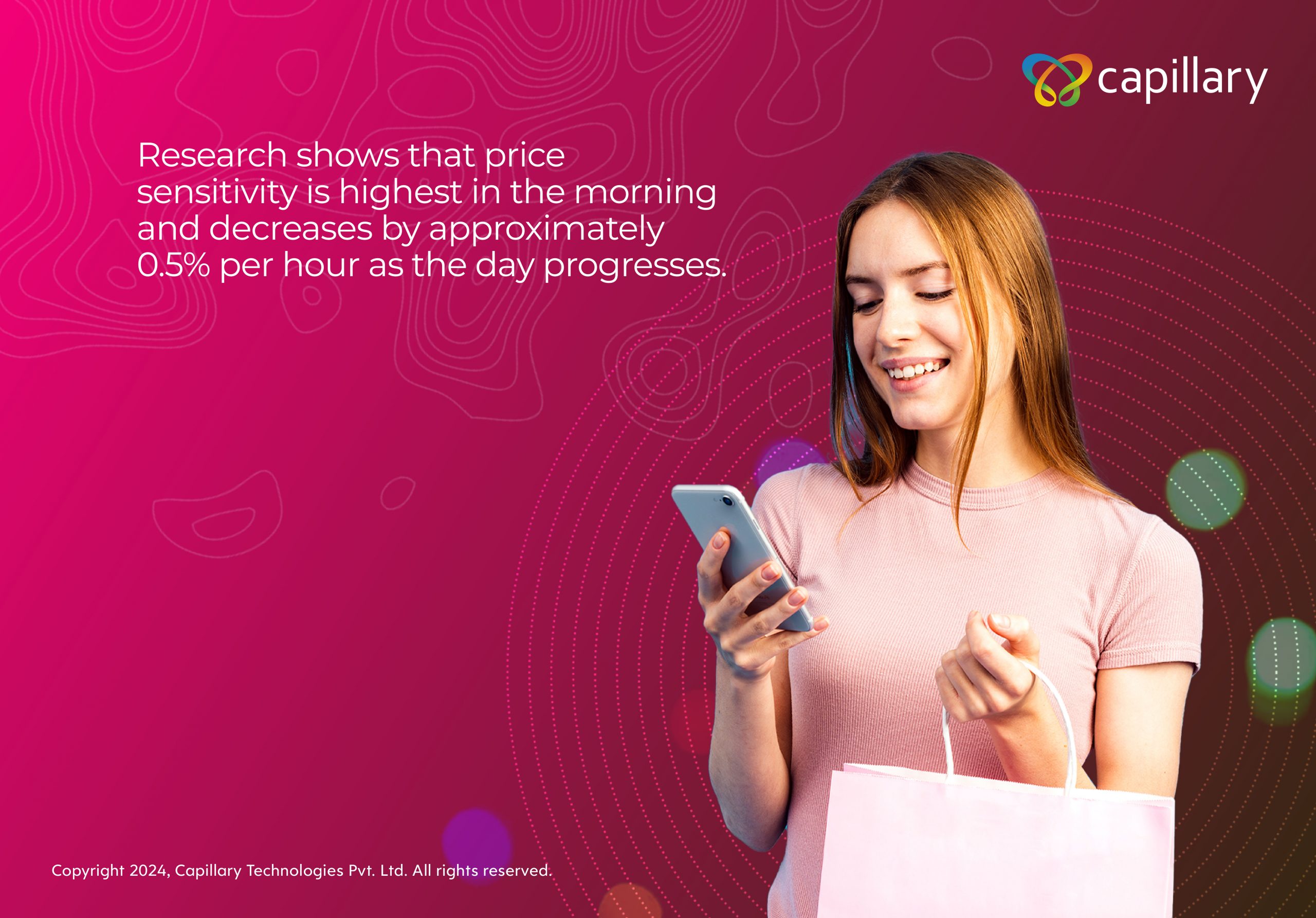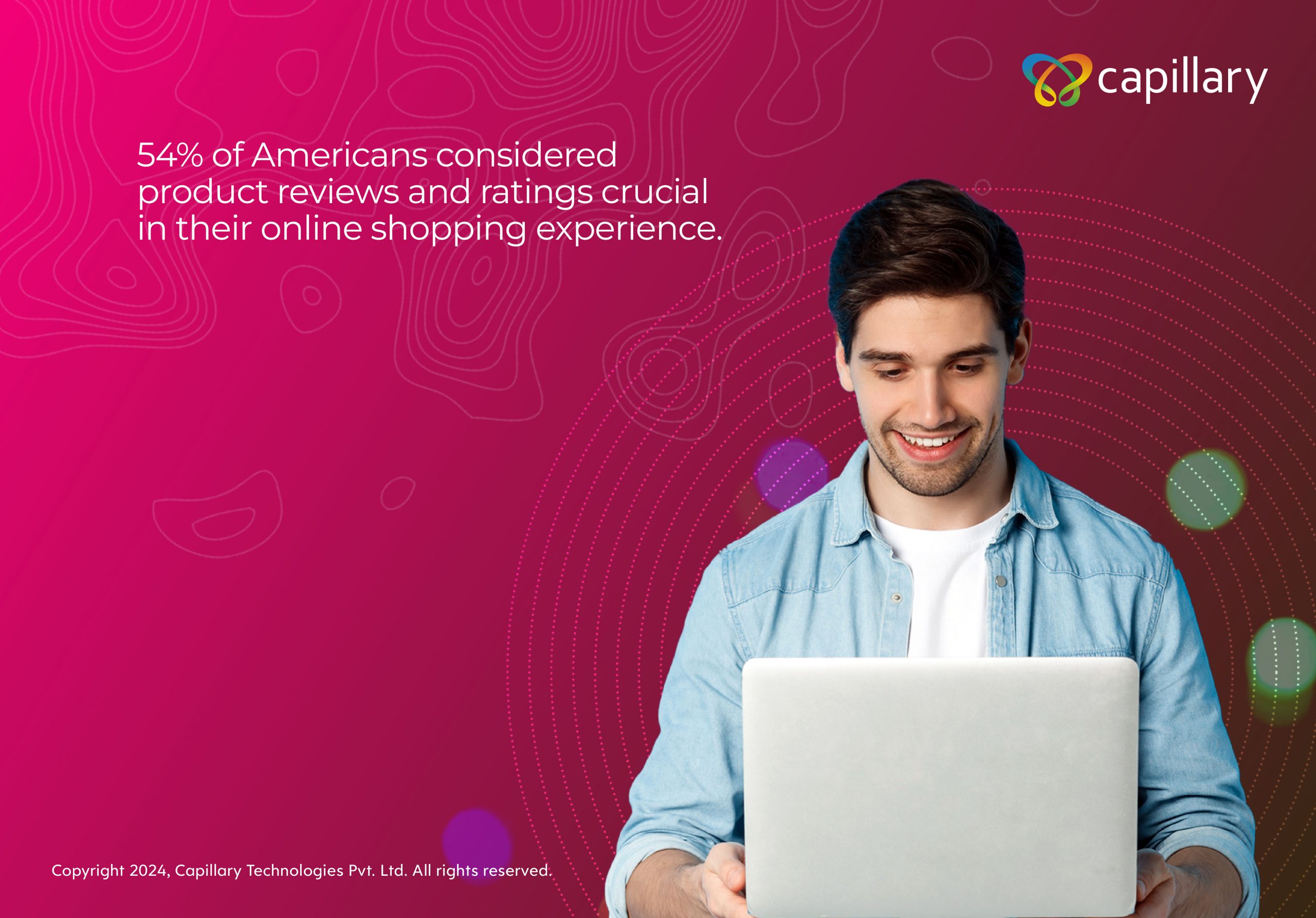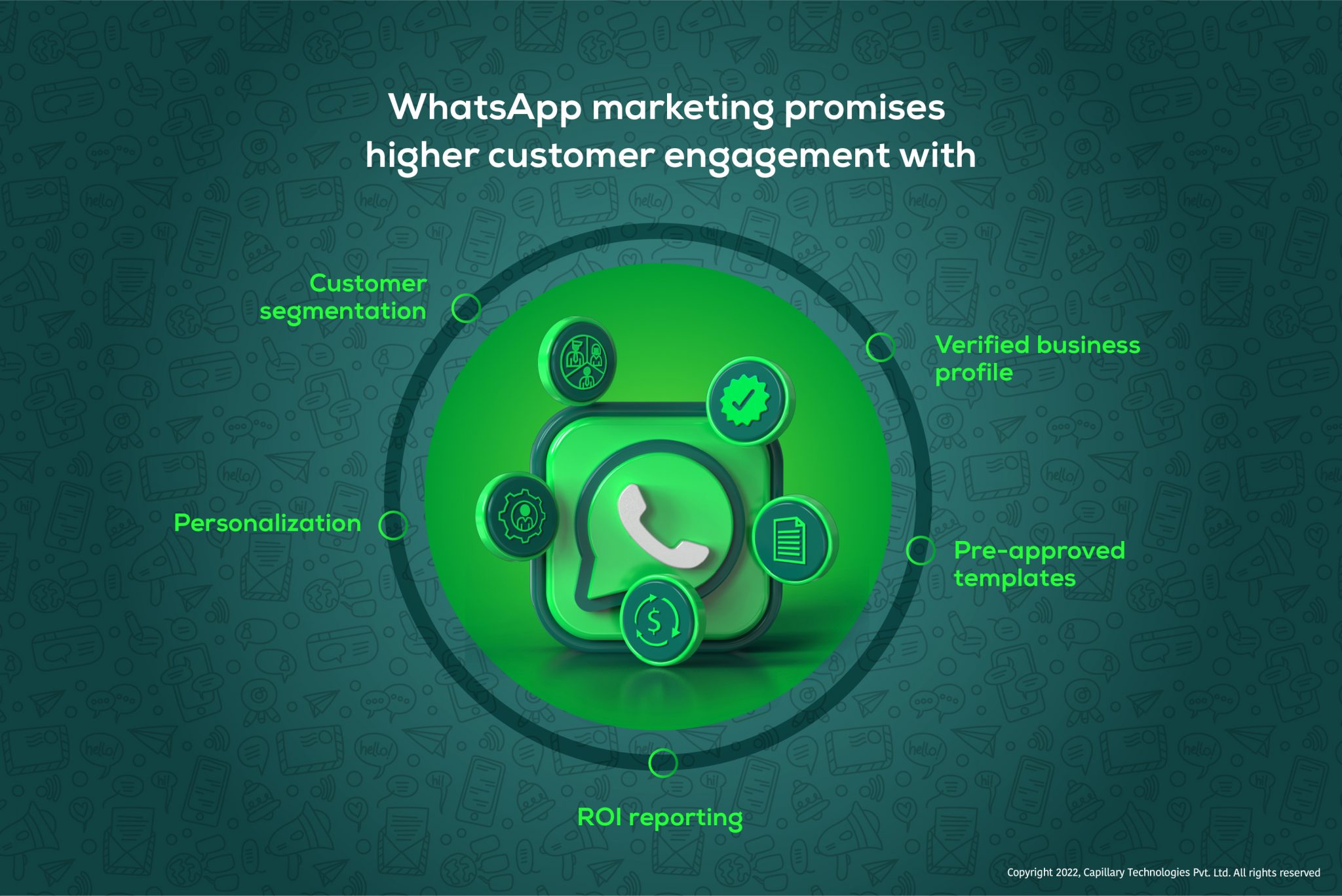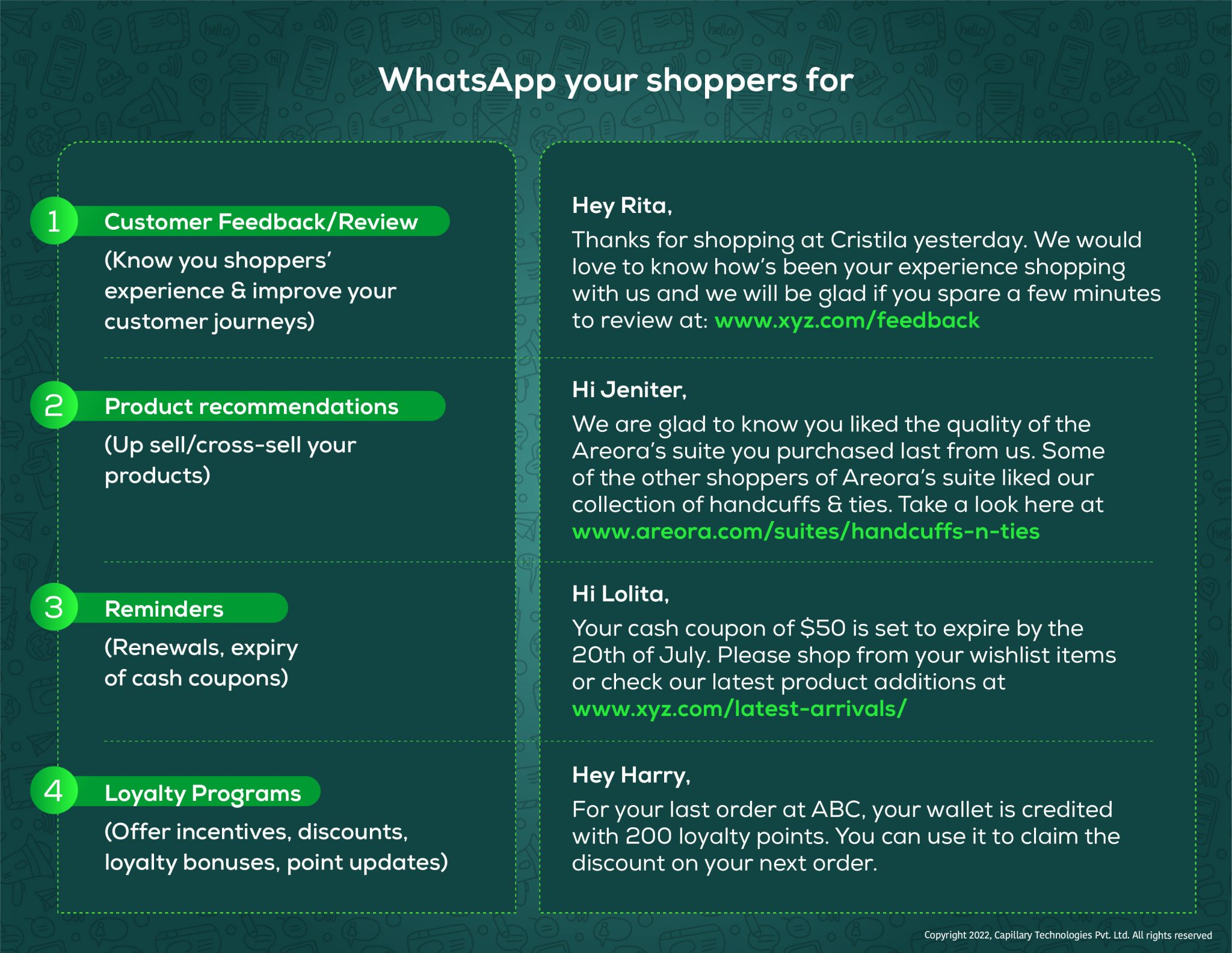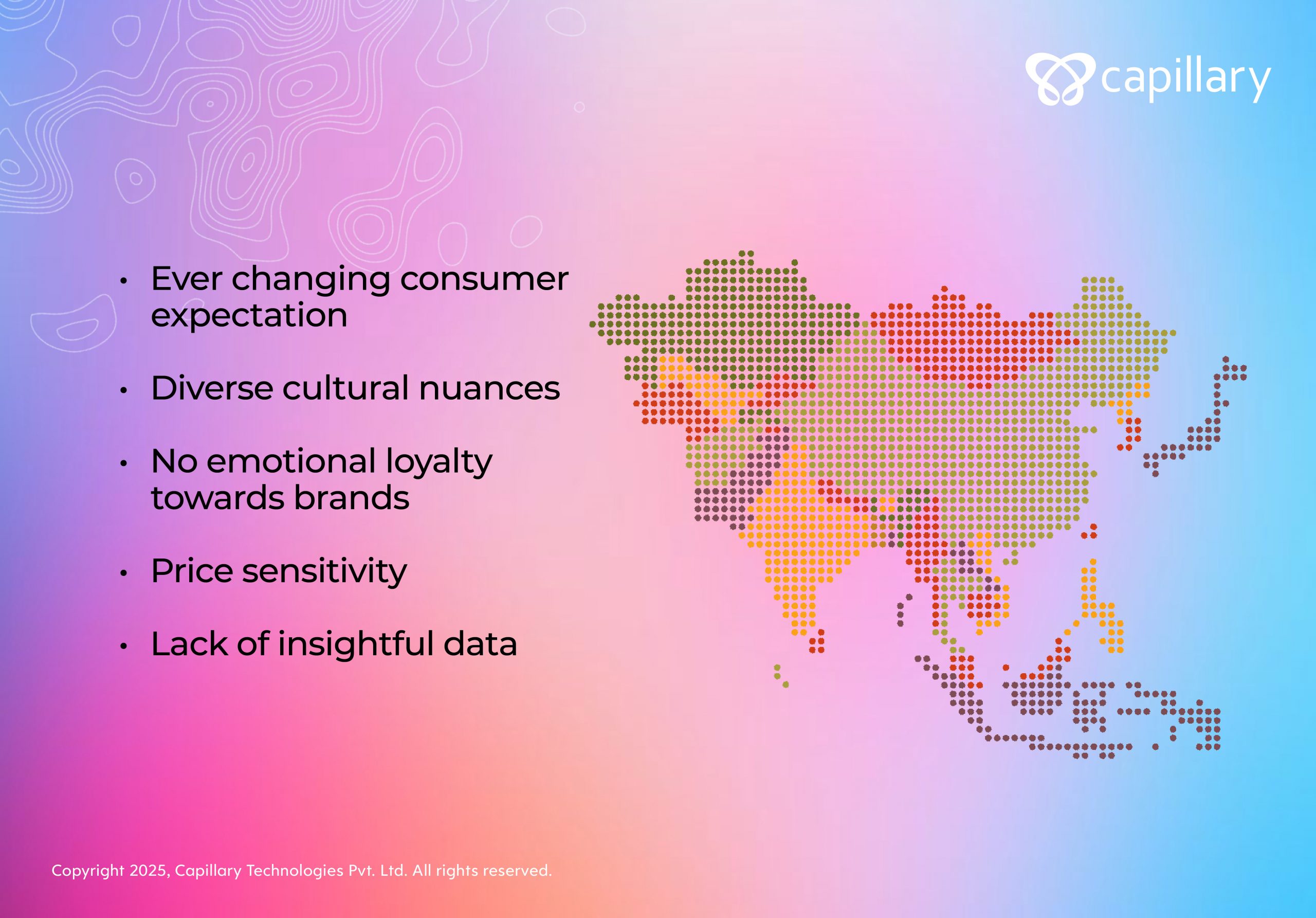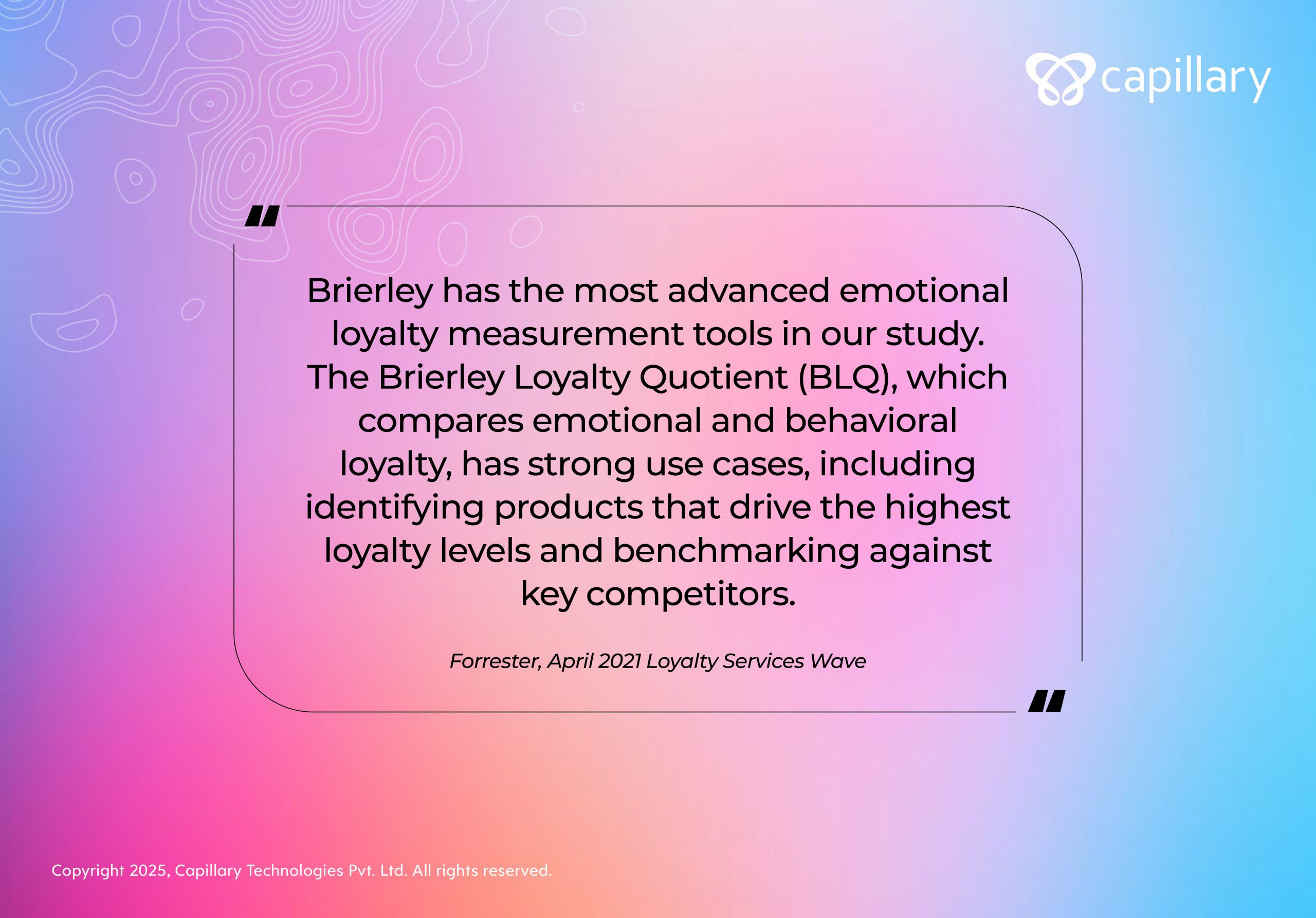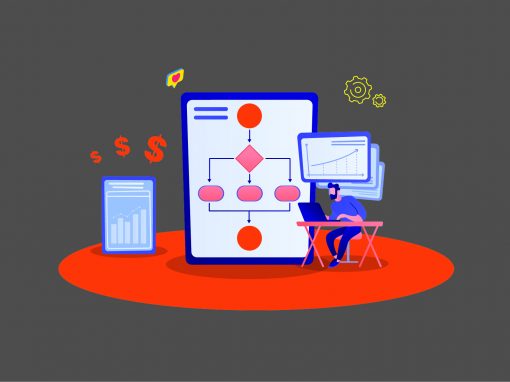We’ve all been there—standing at checkout, hesitating for just a second, wondering, Is this really worth it? As CXOs, Loyalty Managers, or Marketers, we’re not just strategists—we’re customers too. Modern shoppers are sharper than ever, driven by rising prices, economic uncertainties, and a growing preference for value and convenience.
With 79% of consumers adjusting their shopping habits by opting for less expensive alternatives, understanding price sensitivity and conditional loyalty has become essential for enterprises. Some brands are tackling this shift with loyalty and membership programs, while others are leveraging omnichannel strategies and efficient supply chains to meet customer needs in this price-conscious era.
Strategies Driving Customer Loyalty in this Price-Conscious Era
Let’s dive into a few psychological strategies enterprises can leverage to engage customers and build lasting brand affinity.
In fact, 79% of consumers have adjusted their shopping habits by opting for less expensive alternatives. For enterprises, understanding price sensitivity and conditional loyalty has become essential. While some brands are addressing this through loyalty programs and membership programs, others are focusing on omnichannel strategies and efficient supply chains to better meet customer needs in this price-conscious era.
1. Embracing Variety Seeking to Drive Brand Affinity
A key driver of customer stimulation is the human tendency toward instant gratification—seeking options that satisfy immediate needs. Whether it’s deciding what to eat or picking a vacation destination, variety often plays a crucial role in these choices. For some customers, the need for stimulation and novelty is even more pronounced. Enterprises can tap into this by offering diverse options, mix-and-match experiences, or unique add-ons. Incorporating surprise elements, such as rotating rewards or exclusive offers, can effectively cater to these variety-seeking tendencies and strengthen brand affinity.
By leveraging robust analytical tools like Capillary’s proprietary CDP+, enterprises can analyze customer behavior in real time to create tailored experiences that encourage add-ons and repeat purchases fostering instant gratification. Tapping into the variety-seeking behavior of price-sensitive customers, enterprises foster a sense of excitement, and discovery while simultaneously creating demand and supply—setting the stage for brand affinity and lasting customer relations.
2. Leveraging Circadian Rhythms to Optimize Loyalty Strategies
Our natural biological clock, or circadian rhythms, influences mental and physical functions throughout the day—and these rhythms have a direct impact on consumer behavior. For instance, in the morning, consumers often gravitate toward familiar and budget-friendly options due to lower physiological arousal levels. By contrast, later in the day, customers become more open to variety and indulgence, making it an ideal time to nudge price-conscious customers.
For price-sensitive customers, this implies that their openness to exploring different products or brands may vary depending on the time of day.
By deploying robust omnichannel strategies, and crafting personalized and time-sensitive promotions, enterprises are able to resonate with price-sensitive consumers’ changing preferences throughout the day.
3. Value Realization: Focus on Value beyond Price
Value realization is the foundation for building customer loyalty. If your products and services deliver what your customers truly value, they’ll happily extend their budgets to support your brand.
If you’re expecting customers to pay a premium, your offerings need to deliver undeniable value and convenience. Loyalty strategies can enhance an already exceptional product line, but they can’t replace it. Today’s consumers, empowered by e-commerce platforms for extensive price comparisons, are looking for more than just affordability—they’re looking for convenience.
A perfect example is Capillary’s work with a global F&B giant struggling with low repeat orders and declining engagement. By leveraging our loyalty solutions, this enterprise drove a 6% increase in transactions and expanded its active customer base by 10%, creating a stronger emotional connection with its brand. Capillary was able to create value realization for this enterprise as well as for over 400 other enterprises, showcasing Capillary’s unmatched expertise in the loyalty space.
Whether it be D2C or B2B, by nurturing value realization, enterprises can turn price-conscious customers into loyal advocates, all while driving meaningful growth.
4. Leveraging the Power of Generative Loyalty
Generative loyalty is transforming how brands connect with today’s price-conscious consumers, making loyalty strategies smarter and more personalized than ever. Leveraging predictive analytics to automate hyper-personalized strategies and analyzing historical customer data, enterprises can predict how customers might respond to price changes—crafting offers and experiences that truly resonate.
For price-sensitive consumers, this approach creates a win-win scenario—with brands offering value, tailored to individual needs; while customers feel understood and appreciated. Whether it’s dynamic pricing, personalized discounting, or exclusive recommendations, generative loyalty helps brands strike the perfect balance between affordability and engagement.
In an era where loyalty is hard-won, generative loyalty fosters meaningful, long-term relationships with customers who are not just price-conscious but also value-conscious.
5. Nurturing Customer Trust with Social Proofing
Let’s face it—price-conscious consumers are often hesitant to take the plunge. But that’s why we’ve social proofing. It’s that innate psychological tendency where we build perceptions based on actions taken by others. This could take the form of reviews, ratings, or user-generated content (UGC). Positive online product reviews can boost a product’s conversion rate by a staggering 270%.
Enterprises should not be confined to customer reviews and ratings on your website and product pages, but expand to user-generated content (UGC), social media profiles, press mentions, and even influencer collaborations to amplify your credibility and trustworthiness.
Social proofing reassures price-conscious shoppers that choosing your brand is the right decision, even when they’re comparing costs. It’s a trust-building strategy that makes price a secondary concern.
6. Experiential Offerings
Slashing prices isn’t the only way to deliver value. Experiential rewards are a great way to offer that “wow” factor to your price-sensitive customers. Think of complimentary introductory sessions, discounted group packages, or even hosting community events that bring people together. The key is to seamlessly transition price-sensitive customers from bargains to experiences that feel valuable.
You can take it a step further with seasonal deals, tiered loyalty rewards, or exclusive “behind-the-scenes” access that makes customers feel special. Partnering with local businesses for unique perks or creating self-guided tours adds that extra touch of personalization. The key is to focus on the experience itself while showcasing the value they’re getting. At the end of the day, it’s about making every customer feel like they’re gaining more than they’re spending.
7. Transactional Utility: Making Every Purchase Feel Like a Win
Let’s be honest—most of us love a good deal. Even when we don’t have a fixed budget in mind, an anchor price can sway our decision-making. This is where leveraging transactional utility becomes a game-changer, especially for price-conscious customers.
Transactional utility, a concept from behavioral economics, taps into the idea that shoppers evaluate a purchase based on the perceived value of the deal compared to a reference price. In other words, it’s about how much of a “win” the customer feels they’re getting. The price difference might be small, but if positioned well, it can capture the attention of even the most price-sensitive customers.
By incorporating this psychological element into your pricing and promotions, you’re driving immediate engagement making every transaction feel rewarding while fostering a deeper connection with your brand.
Transforming Price-Conscious Shoppers into Brand Evangelists with Capillary
In a price-sensitive era, fostering brand loyalty demands a nuanced understanding of customer behavior, emotional triggers, and innovative engagement strategies. Psychological approaches backed by robust engagement and loyalty tech offer the perfect mix to set yourself up for success with price-conscious consumers.
This is where Capillary comes in. Having partnered with over 400 enterprises and serving a customer base of 1 billion+ globally, we’ve mastered the art of customer loyalty in competitive markets. Our AI-driven loyalty solutions facilitate enterprises to deliver hyper-personalized experiences, leverage predictive analytics, and create value-driven engagement strategies that go beyond transactional rewards. From driving repeat purchases to fostering long-term brand affinity, Capillary’s loyalty tech ensures that even the most price-conscious customers find reasons to stay loyal.
Redefine brand loyalty with Capillary! Get in touch with our Loyalty Experts today.
FAQs
What are some effective loyalty strategies for price-conscious customers?
Innovative approaches like generative loyalty, experiential rewards, and transactional utility are powerful strategies to engage price-conscious customers by offering tailored experiences and meaningful value.
How do omnichannel marketing strategies help in price-sensitive markets?
Omnichannel strategies allow brands to connect with customers across multiple touchpoints, enabling seamless, personalized interactions that resonate with price-conscious shoppers and build brand loyalty.
Why is understanding customer behavior critical in a price-conscious era?
Insights into customer behavior, such as variety-seeking tendencies and value realization, help brands craft loyalty strategies that meet the evolving expectations of budget-conscious consumers.
How does social proofing contribute to customer stickiness?
Social proofing, through reviews, ratings, and user-generated content, builds trust among price-conscious customers, making them more confident in their purchasing decisions and enhancing brand stickiness.
What role does Capillary play in engaging price-sensitive shoppers?
Capillary’s AI-driven loyalty solutions empower brands to deliver hyper-personalized experiences, foster customer stickiness, and drive long-term brand loyalty, even in highly price-sensitive markets.
